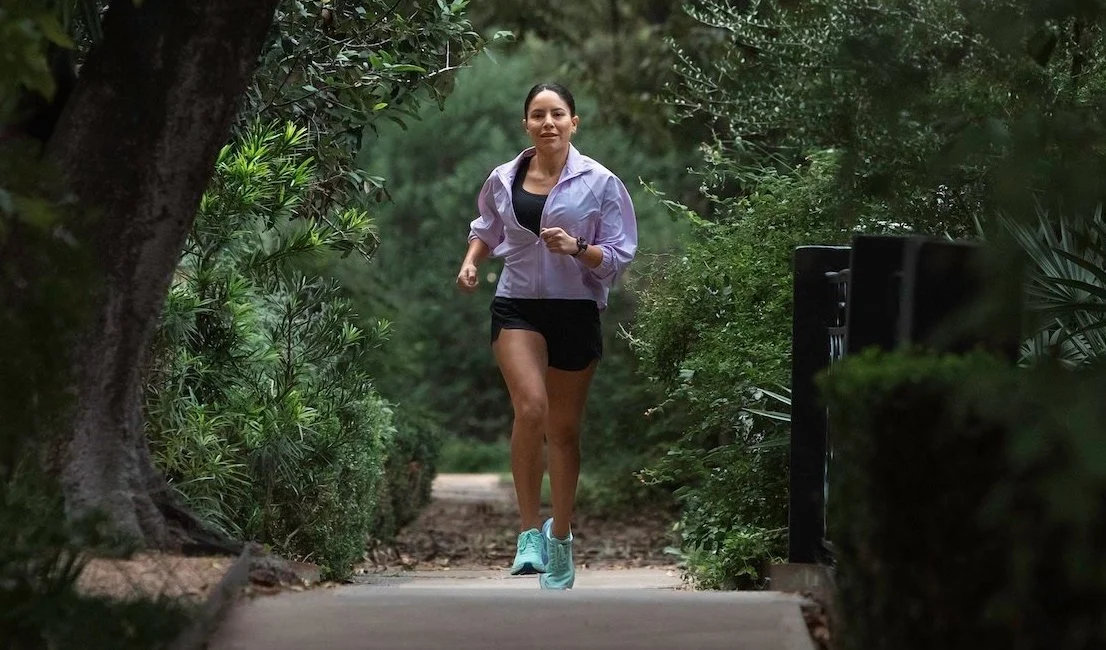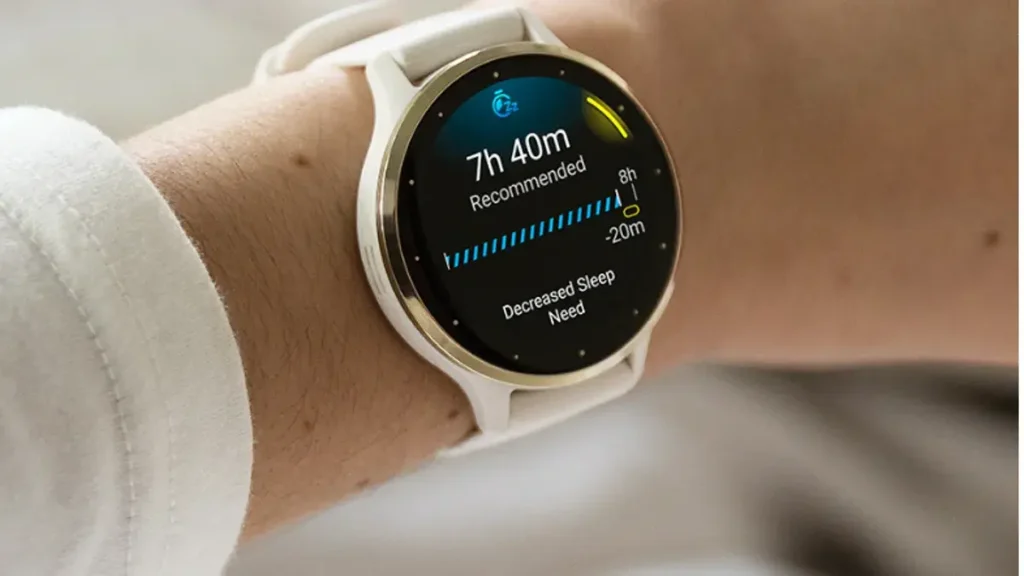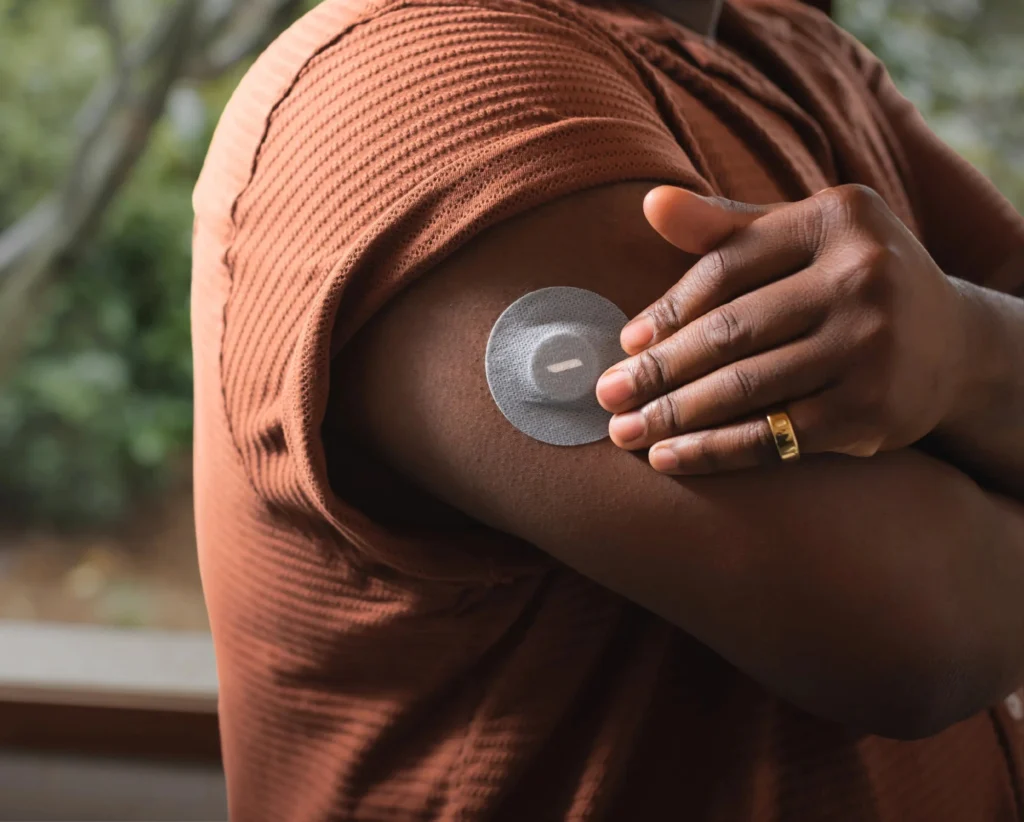Garmin Sees 40% Increase in Fitness Revenue as Wearables Boom

As wearables expand beyond merely tracking steps, Garmin is investing heavily in the space with new devices and features
Garmin has reported a 40% revenue increase to $343 million in its fitness category during Q1 of 2024, setting a new first-quarter record that the tech company says was led by strong demand for advanced wearables.
Notably, revenue from Garmin’s outdoor segment trended upwards, increasing 11% in the first quarter to $366 million — which the company says was driven by growth in wearables.
Clifton Pemble, Garmin’s CEO, noted that the company’s fitness and outdoor product lineup resonates with consumers who are newer to the brand and are interested in sports wellness.
The company launched its new Forerunner 165 series in the first quarter — a GPS-running smartwatch with an 11-day battery life that offers a pulse ox sensor, training metrics and recovery insights.
“We’re definitely seeing people appreciate our products,” Pemple told investors on Garmin’s recent earnings call. “Registrations have been strong. So we’re seeing that follow through at retail, and we still see the majority of our users that are coming in as new users to Garmin as opposed to repeat.”
HIIT, Tennis & More Show Growth
Earlier this year, Garmin released its 2023 Fitness Report, showing that users logged 19% more activities using fitness equipment in the year, with double-digit growth in strength training, stair climbing and elliptical activities.
Although strength training has dominated fitness industry discourse, Garmin’s report showed that HIIT activities soared in 2023, with a 112% year-over-year increase. Outdoor activities, such as walking, trail running and cycling, also ramped up.

Pickleball may be the hottest racquet sport, with luxury athletic country club operator Life Time making significant investments and pickleball franchises gaining ground — but Garmin reports that tennis courts were a popular destination in 2023, and its consumers played 76% more tennis than the previous year. Yoga, Pilates and breathwork activities are also areas to watch, having experienced double-digit growth.
Red-Hot Market for Advanced Wearables
While Garmin’s report captures the preferred fitness trends of its always-on-the-move consumers, its record quarter underscores the endurance of wearables.
The advanced wearable space in particular continues to gain steam, offering impressive insights into fitness and health metrics while quietly running in the background. Gone are the days of merely tracking steps — wearables are unlocking data like never before while providing convenience and/or discretion.
Last month, Femtek, an Australia-based women’s health-tech startup, raised $1 million to develop its Basal Body Ring. Worn on the index finger, the wearable measures a woman’s basal body temperature, heart rate and heart rate variability to offer menstrual tracking insights that are helpful for women dealing with menstrual-related health issues or trying to conceive.
Boston-based Whoop, a human performance brand and maker of fitness wearables, has implemented AI for Whoop Coach, its personalized coaching feature.
Another rapidly growing space in wearables is continuous glucose monitoring, continuing to serve those with a metabolic disease such as diabetes while also expanding to health and wellness biohackers who want a better understanding of their metabolic health.
The Stelo Glucose Biosensor System recently became the first over-the-counter continuous glucose monitor (CGM) to be cleared by the FDA. The small sensor, worn on the back of the upper arm, is meant for those who don’t use insulin and treat diabetes with oral medications or don’t have diabetes but want to see how diet and exercise impact their blood sugar levels.

San Diego-based health tech startup Biolinq just scored $58 million to support its clinical trial this year, hoping to inch closer to potential FDA approval. The maker of a wearable biosensor, Biolinq presents a small but game-changing device that measures glucose levels just beneath the skin’s surface and reveals glucose insights based on the color of its interface.
Smart ring maker Oura is also invested in the glucose space, while Signos, an AI-powered metabolic health platform, raised $20 million last year as an alternative to weight loss medication. Signos pairs its app with a CGM to provide real-time data and make health recommendations, ultimately preventing glucose spikes and dips.
Courtney Rehfeldt has worked in the broadcasting media industry since 2007 and has freelanced since 2012. Her work has been featured in Age of Awareness, Times Beacon Record, The New York Times, and she has an upcoming piece in Slate. She studied yoga & meditation under Beryl Bender Birch at The Hard & The Soft Yoga Institute. She enjoys hiking, being outdoors, and is an avid reader. Courtney has a BA in Media & Communications studies.



